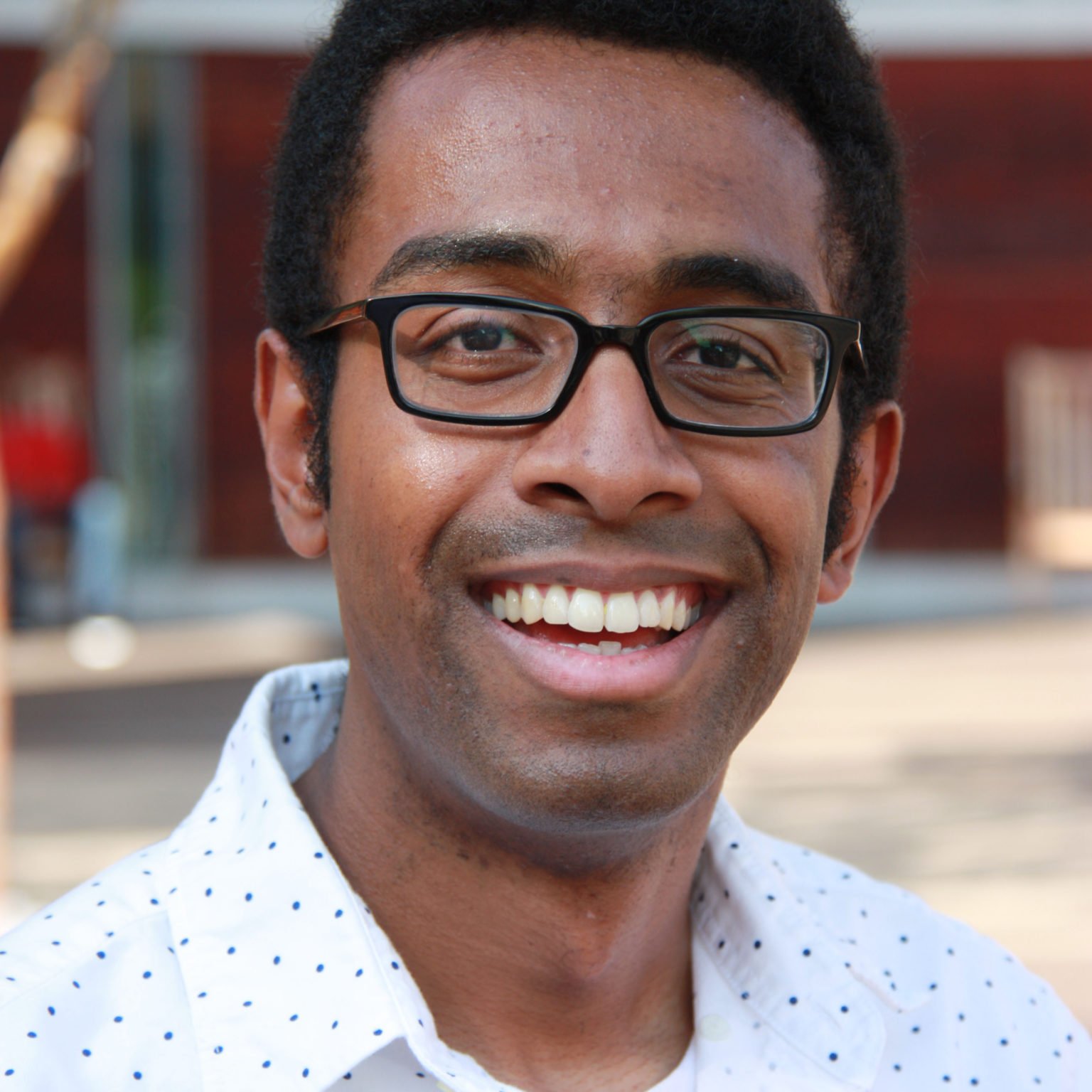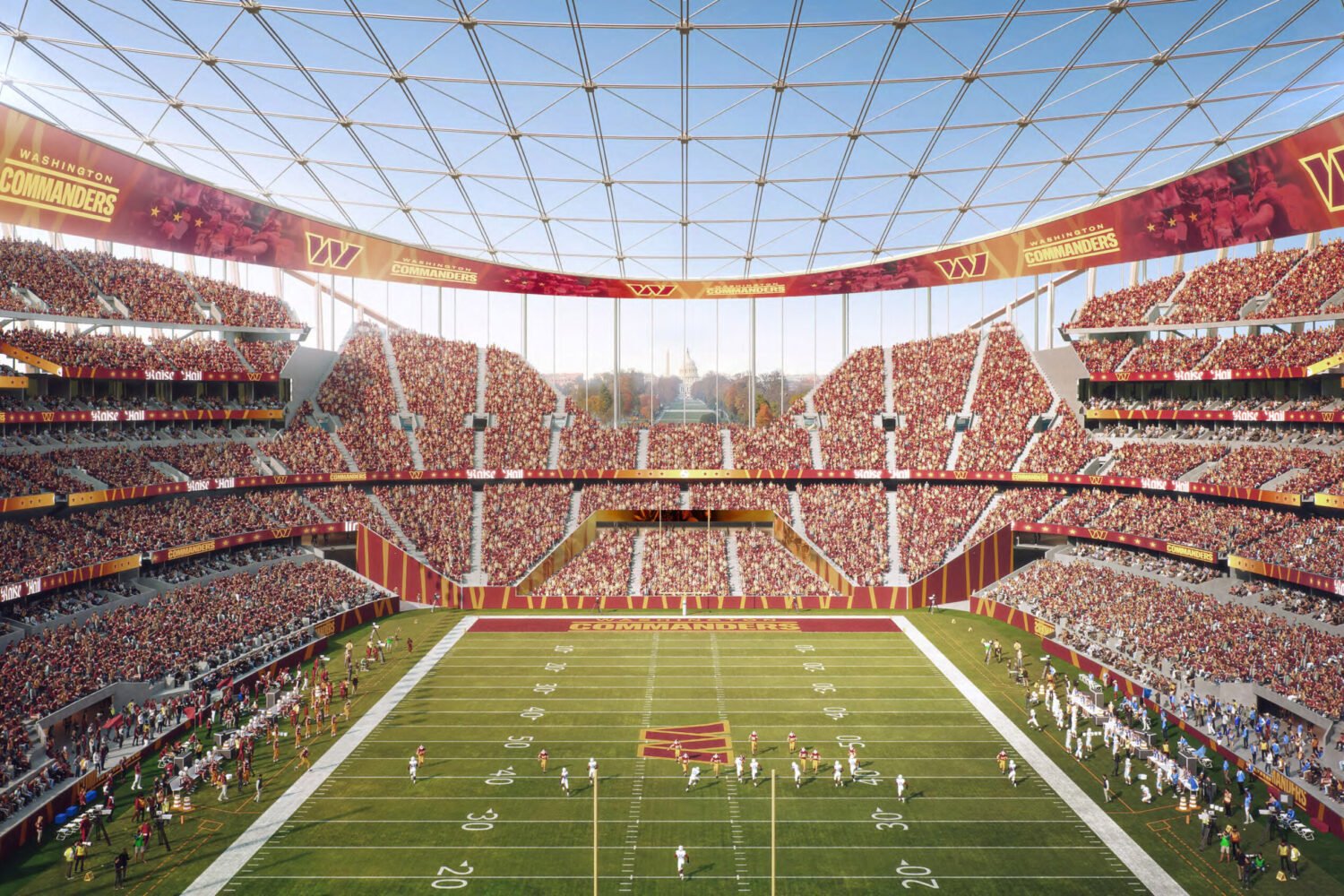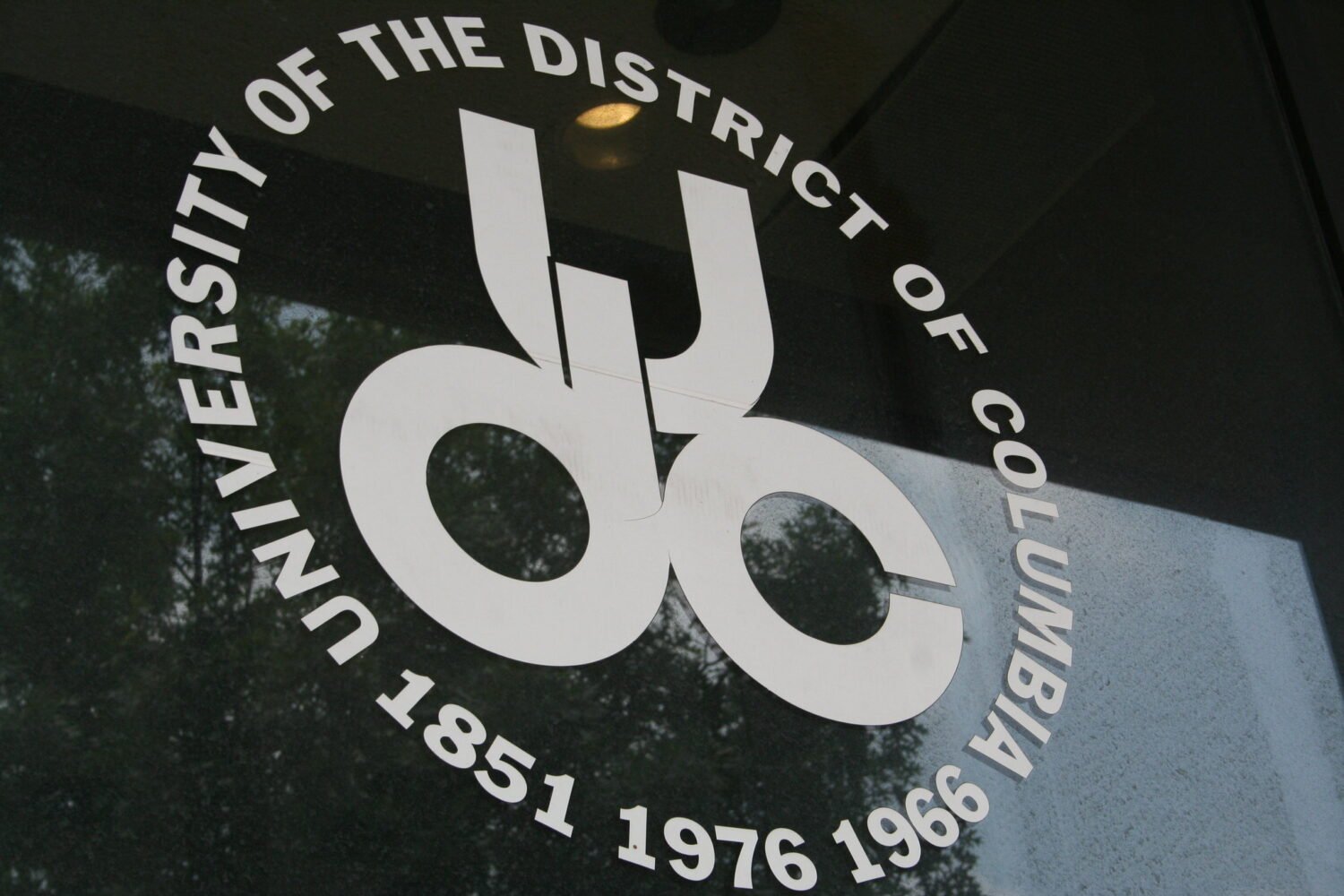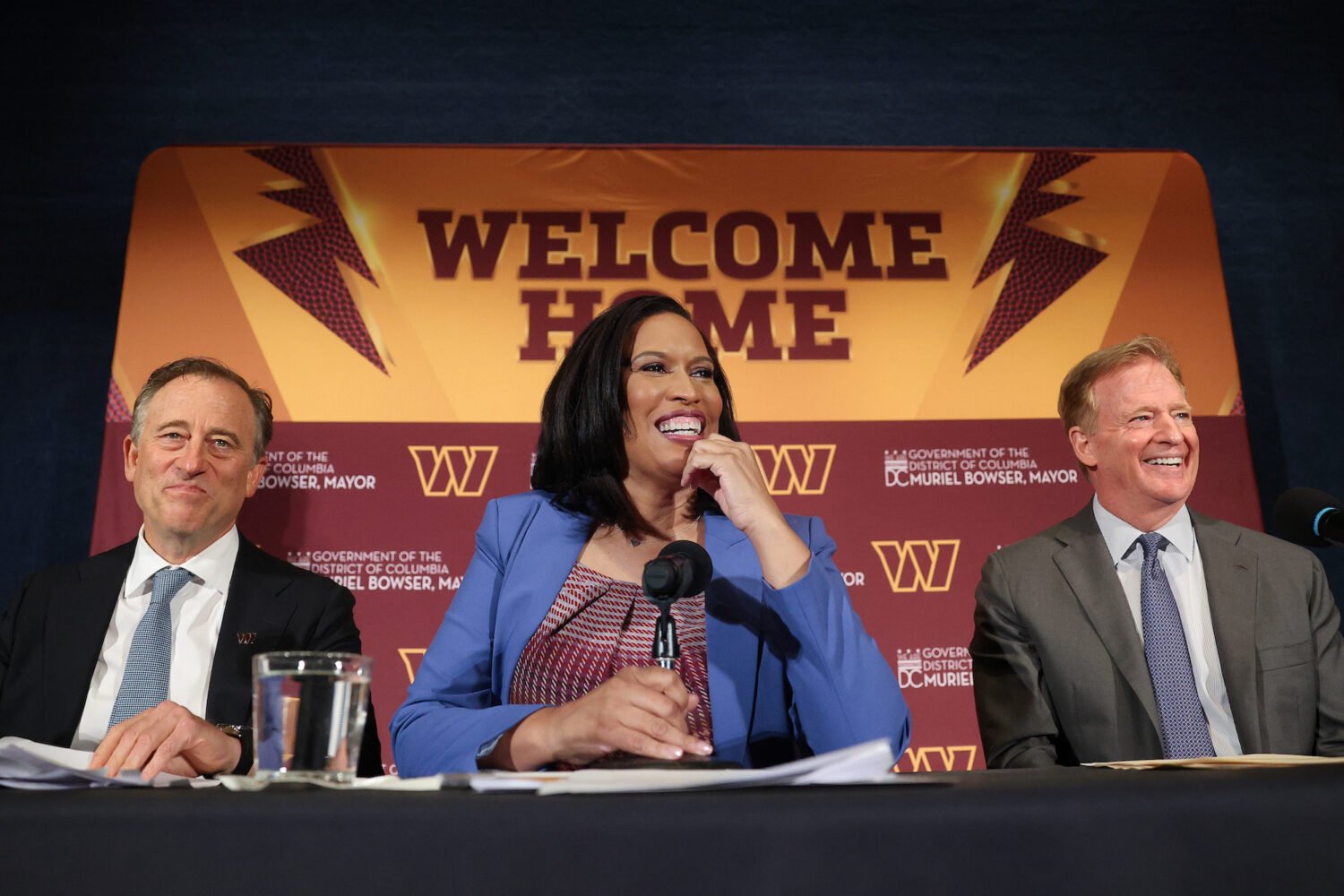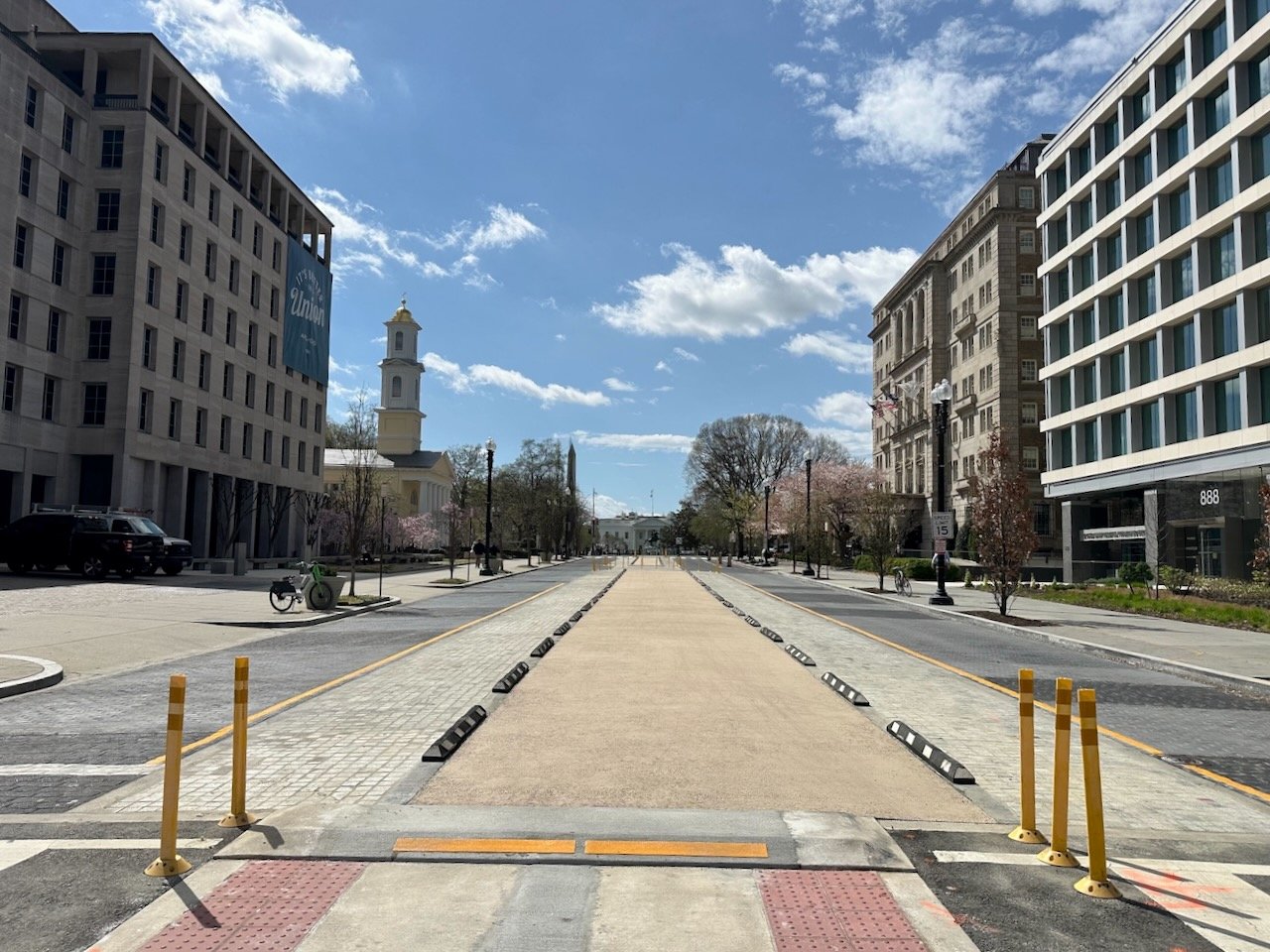DC United played its last soccer game at RFK Stadium in October, ending more than a half century of professional sports inside the giant ring next to the Anacostia River. That leaves a vast, 190-acre site that could be developed in all sorts of intriguing ways. Short-term plans are already in progress to use the space as a recreation complex and food hall, but no decisions have been made about the future. Will it one day become a new Redskins stadium? Or something more unexpected?
Over the last decade, many of Washington’s largest parcels of underused land have been turned into major developments. Think NoMa, built on what used to be parking lots behind Union Station; Capitol Riverfront, which a decade ago consisted of public housing, strip clubs, and warehouses; or the Wharf, which took the place of suburban-style motels along the Southwest waterfront. The former site of DC General Hospital—right next to RFK—is now also being transformed into a new riverfront neighborhood (and, if mayor Muriel Bowser has her way, Amazon’s future second headquarters).
The impact of all this development has been significant. Half of the new homes built in the District in 2014 were part of Capitol Riverfront, and its population is expected to double—from 6,000 today to 12,000—over the next two years. The Wharf alone has added about 1,100 new residences this year. What’s more, these spaces have reshaped how we think about the city, transforming neglected areas into thriving destinations.
Planning is under way for another wave of major projects: on the site of the former Walter Reed hospital on Georgia Avenue, at the Fannie Mae headquarters in Tenleytown, on the space once occupied by St. Elizabeths hospital, and at Southwest’s Buzzard Point (where DC United is raising its new stadium).
This building boom will help define Washington life for decades to come. So as the number of big spaces ripe for redevelopment dwindles and proposals roll in for many of these projects, it’s worth taking a moment to think about what exactly we’re doing.
Laid out by Pierre L’Enfant in 1791, DC is famously a “planned city.” But in reality, its growth happened relatively slowly and somewhat organically—lot by lot, building by building, over decades. In the early 20th century, developers such as Harry Wardman (the Hay-Adams hotel and the British Embassy, among many other structures) and Morris Cafritz (everything from Petworth rowhouses to K Street–area office buildings) built up big chunks of the District, erecting rowhouses, apartment buildings, and shopping hubs. But even they worked on a comparatively small scale, focusing on individual buildings rather than mega-projects such as the Wharf and the RFK site.
As the 20th century progressed, the size and pace of construction grew. The federal government was Washington’s biggest developer in the 1960s, when it leveled 23,000 homes—considered slums then—to build L’Enfant Plaza and develop much of Southwest. That project also blew holes in the city’s street grid, constructing freeways to move cars in and out of the area rapidly (making it difficult and dangerous to walk) and replacing a jumble of homes and shops with a more compartmentalized concept of urban life: big office buildings in one area, apartment towers in another, plus a separate shopping center.
At the time, this all seemed futuristic and innovative—a new model for how to live and work while much of Washington languished after the 1968 riots. But today we use these places as a study for how notto build a city. It turned out that people actually thrive in the messiness and idiosyncrasy that come from mixing things together.
The reality is that no single vision was behind the creation of the local neighborhoods people most covet, such as Georgetown and Dupont Circle. The urban communities that work best tend to be built over time by residents who adapt the neighborhood to their needs and desires in ways no developer could ever anticipate. That’s why people sometimes complain that big new complexes like CityCenterDC feel oddly sterile and impersonal. It’s the quirks, imperfections, and irregularities that truly make your corner of the city feel like home.
As we move forward with the next generation of major projects, planners would be well advised to keep that somewhat counterintuitive idea in mind. It’s a big part of why the Wharf, for example, is such a successful concept. Crucially, developer PN Hoffman decided to assign a different architect to each building, creating a mix of styles that—combined with its series of narrow, cobblestone alleys—makes it feel more like an organic neighborhood than a prefab community.
The Wharf team made one other important move: emphasizing engaging public spaces. The focus on outdoor gathering spots and smart use of the waterfront foster a sense of community and invite a feeling of personal connection.
This defies decades of urban-design pedagogy, which discouraged such public areas for fear they might attract homeless people and skateboarders. But the mere presence of a fountain or bench (or, in the case of the Wharf, a bonfire sculpture at the end of a pier) encourages people to spend time there without pressuring them to spend money—a powerful symbol in a city as economically stratified as Washington.
After just a few months, the Wharf is already weaving itself into the life of the city. On a recent visit, the crowds filling Water Street were pretty diverse—professional-looking twentysomethings packing the bars, families thronging the fire pit to make s’mores, tourists posing in front of boats at the marina, teens on LimeBikes weaving through the scene. In addition to the architecture and layout, the place had a sort of intangible energy that developers of RFK and other big sites should investigate seriously. The Wharf’s appeal to a variety of ages, races, and backgrounds helps make it feel vibrant and welcoming. But it goes further than that. In important ways that are hard to pinpoint, the newly created area captures something even more impressive: It feels like DC.
This article appears in the January 2018 issue of Washingtonian.

